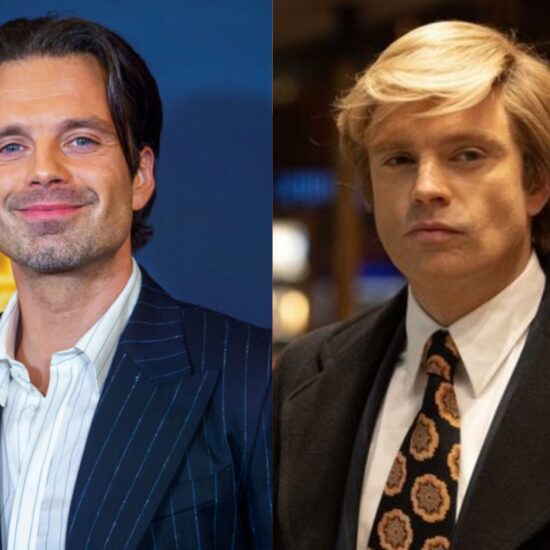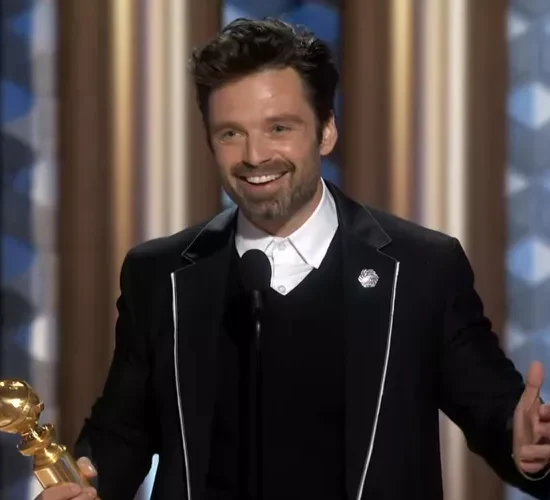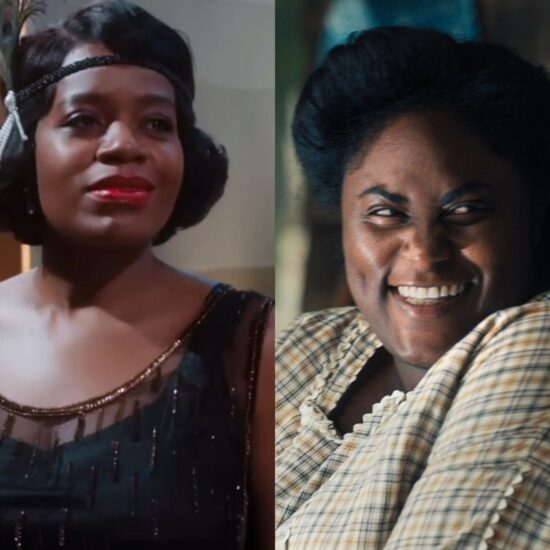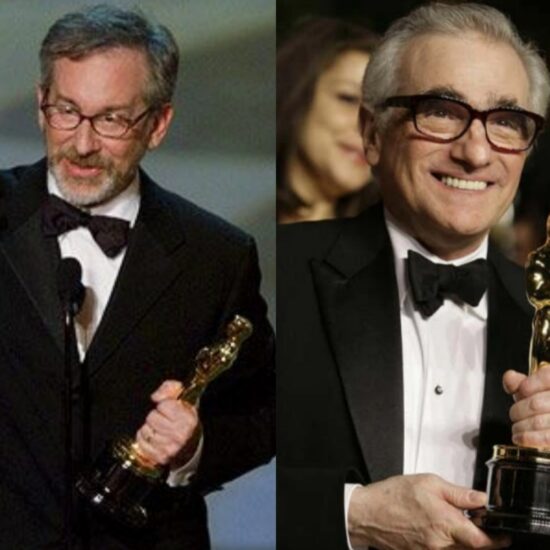
In this country, drug trafficking, especially on screen, is almost always synonymous with cocaine, with an emphasis placed on either tough urban areas and violence or rich playboys and playgirls with a penchant for overdosing. The truth, however, is that the impact of the trafficking of cocaine, either in powder or crack form, pales in comparison to the widespread distribution of prescription drugs — otherwise known as the Opioid Crisis.
Hollywood has recently begun to turn its cameras to this drug epidemic, which is actually the worst in the nation’s history, to explore how pharmaceutical companies and other players chose profits over people by liberally spreading addictive pills throughout the country. “American Pain,” a new documentary from “Science Fair” director Darren Foster, is among the latest. Relying on hours of wiretap recordings, along with interviews with many of those who participated in the crime as well as the law enforcement agents who worked to stop them, “American Pain” (according to its synopsis) “traces the rise and fall of twin bodybuilders from Florida who become the kingpins of the largest oxycodone trafficking network in U.S. history.”
Despite its lofty ambitions, the documentary never rises above being a paint-by-the-numbers profile of brothers Christopher and Jeffrey George and the millions they made operating pain clinics under their company American Pain throughout South Florida.
Foster, who was introduced to the story of the George brothers during the making of the Peabody Award–winning investigative piece “The OxyContin Express,” unwittingly begins his portrait of the brothers by marveling at the wealth they and their cohorts accumulated. For example, when one of the cohorts talks about using a helicopter to go to Burger King, the doc hasn’t clearly established the death and destruction that enabled that extravagance.
Stories of the twins’ “antics” in their youth, shared by their dad and stepdad early in the doc, reveal a pattern of lawlessness with no accountability. Whether they were starting forest fires or committing grand theft auto, the brothers generally faced only community service as their punishment. Both their father and stepdad frequently smirk at their early exploits, with the underlying implication that the George twins were always just mischievous kids instead of hardened criminals behind the murders of thousands of “patients.”
Much of “American Pain” serves as a business manual explaining how the George brothers set up the enterprise, while largely ignoring the devastation their business caused. There’s lots of fond and smiley reminiscing of how they spent their money on extravagant toys and played hard as adults. The hard-hitting introspection and multilayering that distinguished the fictional “Dopesick” is missing here.
Participants in the George’s criminal activities are described as “entrepreneurs” or portrayed as having been forced to work with them due to mitigating circumstances. One former DEA agent even explains how losing half his pension in a divorce prompted him to join the criminal enterprise, offering his expertise to avoid raising red flags.
Rationalizations run rampant throughout the documentary. By the time “American Pain” turns toward the victims, reports of busloads of people coming from Kentucky to South Florida, or family reunion–style gatherings of patients in the parking lots, are treated as testaments to the “success” of their business endeavors rather than as tragedies. In a voice recording, Jeff George even brags, “I believe we created, like, a new form of tourism. We were basically the Disneyland of pain clinics.” One doctor — claiming that the patients he saw were already addicted, thus rendering him helpless to stop them — brags about getting paid $50 per patient or roughly $5000 per 100 “patients,” with him being able to see as many as 140 “patients” a day.
Law enforcement agencies get their kudos too, as “American Pain” recounts how they busted the Georges through undercover agents, wiretapping, and more. Sadly, the victims, many of whom have not lived to tell their story, are secondary to the story of how the Georges built their multimillion-dollar “business” and how federal law enforcement subsequently brought them down. While many of the participants either served prison or were on house arrest during filming, their punishments seem to fall far short of the glory of the ride.
The addicts whom the Georges victimized, on the other hand, are depicted as pushers and accomplices who violated the cardinal rule of “never get high on your own supply.” In an early conversation between Jeff George and his mother, Denise Haggerty, about a newspaper story regarding the overdose and death of one of the Georges’ “patients,” they both dismiss his demise as a natural part of the business.
When “American Pain” finally estimates that as many as 3,000 of the 28,000 “patients” in this case are deceased, it does so only by showing a wall of patient files. There are no images of their faces and no interviews with their loved ones; the documentary literally indulged in the myth of “faceless” victims of white-collar crime while applauding the Georges for their moxie.
Ultimately, “American Pain” perpetuates the media’s dangerous pattern of humanizing white criminals under the guise of moral disdain. This approach leaves room for far too many viewers to ignore the blood on Chris and Jeff George’s white hands to form the erroneous conclusion that the brothers are simply greedy pricks and not, say, mass murderers.
“American Pain” will be broadcast on CNN and HBO Max in 2023.
















